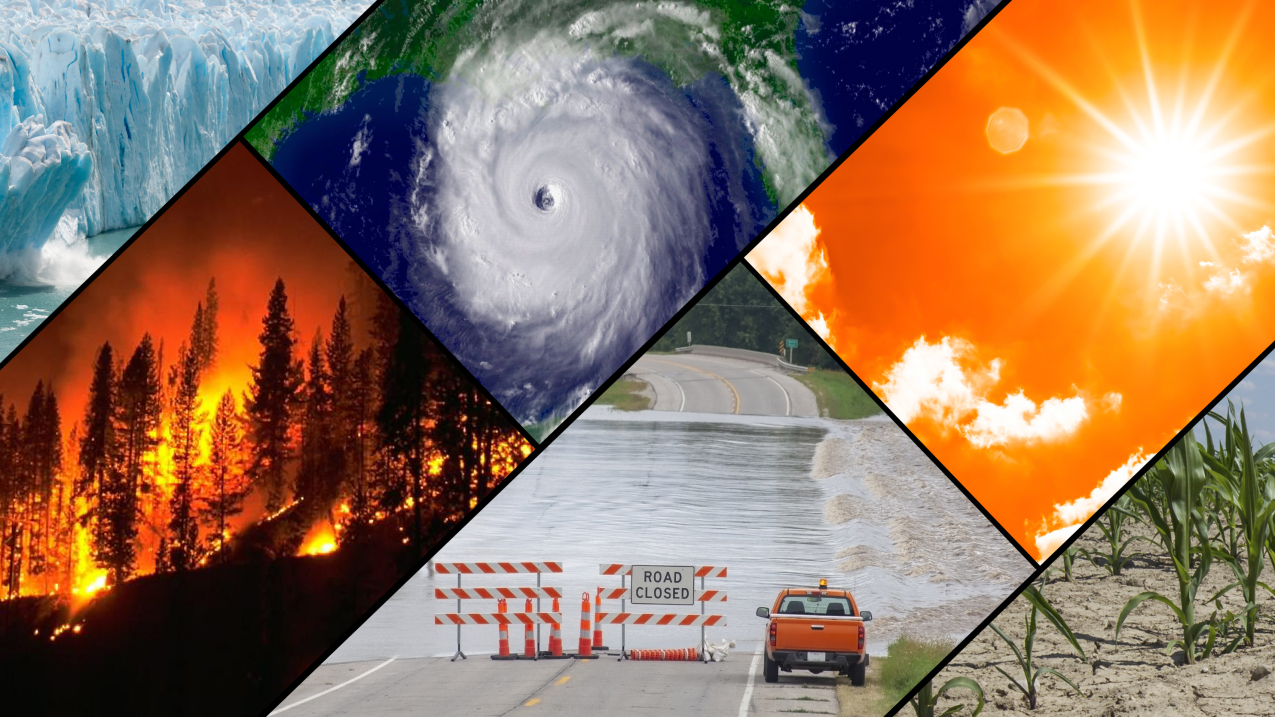To protect millions from unnecessary power outages, utility companies need one thing above all: data.
A Texas ice storm in 2021. Hurricane Sandy in the Northeastern United States. Hurricanes Maria and Irma in Puerto Rico. All of these disasters not only destroyed homes and took lives, but also knocked out power infrastructures, leaving millions of households in the dark, without heating, cooling or life-saving medical equipment that requires electricity.
Climate models show that extreme events such as these will become more common globally, along with wildfires, droughts, floods and landslides. After years of reviewing infrastructure plans with US power companies, one large gap stands out to me: providers don’t often factor climate change into their future planning.
This is all the more alarming as nations’ decarbonization goals pull us towards a highly electrified society. Utility companies and regulators must urgently work together to develop a power grid that is resilient to climate change. Climate researchers can and must play their part in this — above all by providing power suppliers with the data they need to plan the transition.
It still won’t be easy. One major concern is cost, and whether consumers will baulk at helping to finance climate resilience if they see huge increases to their bills. But it’s cheaper for society if power suppliers upgrade equipment now, rather than replacing it after a power outage, when they must also address the resulting economic losses. It is in consumers’ interests to contact their power supplier, or their regional utility-regulating agency, to ask that they address the risks of climate change.
Power companies can do a lot to smooth the transition and limit the costs, as my colleagues and I at the Pacific Northwest National Laboratory in Richland, Washington, note in a new report (go.nature.com/3ofe8n4). Those planning to update their equipment and infrastructure should choose materials that can withstand a wide range of temperatures, both cold and hot. Firms can also incorporate climate-change assessments into their long-term planning to determine where to invest: should they buy utility poles that can withstand storms or landslides; build new infrastructure outside flood plains; or move transmission lines underground in fire-prone areas?
In 2015, Seattle City Light in Washington became the first US utility company to release a comprehensive climate assessment. The plan identified 13 ways that the effects of climate change could damage power infrastructure and laid out actions that could buffer against such damage.
For instance, transmission lines, which carry power from generators to homes, can be either under the ground or above it. Underground lines can be damaged by extreme heat, whereas those above ground can be knocked down by flooding or landslides. Above-ground transmission lines are less safe during wildfires and can even cause them.
Seattle City Light identified ways to adapt, including working with landowners to manage flammable vegetation near power lines, shielding energy-generating equipment from extreme precipitation and flooding, and continually tracking regional climate-change data to help prioritize the most cost-effective actions.
New York State’s energy company Con Edison released its own climate-change vulnerability assessment in 2019. The report began as a response to Hurricane Sandy, which knocked out power for 8.2 million customers in 2012. Con Edison worked with climate scientists to forecast risks associated with sea-level rise, storm surges and heatwaves across its service regions.
There is a huge need for local, regularly updated and user-friendly data. Not all power suppliers have the resources to perform their own assessments, and the forest of data available is hard to navigate for laypeople and is at a larger scale than needed for local decisions.
Researchers need to work with utility companies to help them to understand which data sets are appropriate to their planning and operations decisions. Power suppliers tell me that they usually have to vet, modify, uncover biases in and ground-truth data they receive from scientists to match them to conditions on the ground. Utility companies need accessible data sets that they can use to determine the most cost-effective adaptations and investments.
Some places are already doing a great job of making appropriate climate data accessible. For example, the European Environment Agency created Climate-ADAPT, a service that provides data sets and forecasting tools to help various industries to prepare for the effects of climate change. These services could help power suppliers to make short-term forecasts (such as seasonal wildfire outlooks) as well as long-term ones (such as sea-level estimates). Climate-ADAPT also provides educational tools to help people in industry to use its vast supply of data.
Similarly, California state agencies teamed up with academic and industry researchers to create Cal-Adapt, a repository of climate-change data that the state’s public utility commissions require providers to use for short- and long-term planning. Data sets include coastal inundation scenarios and maps of extreme heat days, warm nights and wildfires. Californian power suppliers find Cal-Adapt’s data and tools easy to use, helping them to prioritize.
If utility companies lead the way, there will still be climate-change-related power outages, but fewer people will suffer and die as a result.

